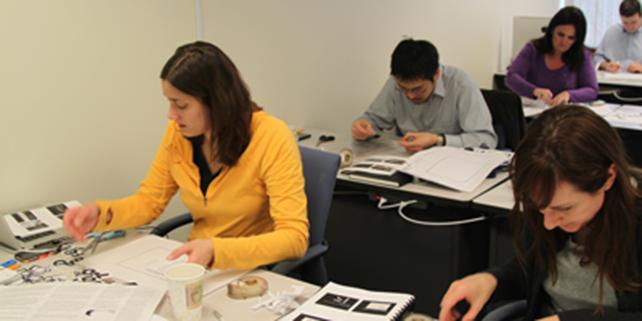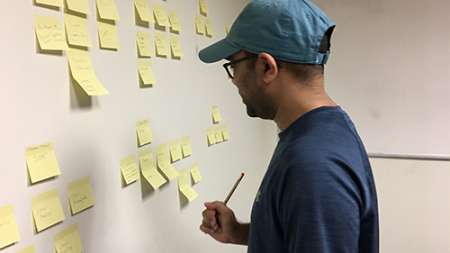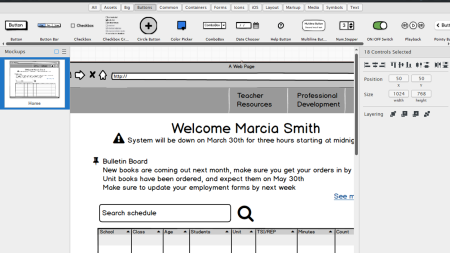
Related Class
What UX Design process could teach retailer Gap
- Published on

UX Design processes can help many businesses. While we generally think of UX design as impacting the user experience of websites and applications, it also relates to everything from appliances in our home to the controls in an automobile. The process of creating successful UX design has benefits that reach across industries. While the UX design courses at American Graphics Institute are traditionally attended by designers, developers, business analysts, and product managers, there are lessons from the UX design principles we teach that extend the benefits of a process driven user experience practice into almost all industries.
The annual design issue of Bloomburg Businessweek published this month chronicles design problems that have plagued retailer Gap, and there are ways in which the UX design process could have helped them. Their challenges ranged from communication breakdowns between functional groups, to not delivering what customers had wanted, to drifting away from their core audience.
There are core design principles that we teach in our UX courses that would have helped avoid many of these challenges, and can help your business. One core user experience design principle that would have benefitted Gap includes keeping focused on what the business is best at delivering, and what the user is expecting. For example, if users to your website are wanting to obtain certain information, make sure it’s available and easy to locate. One of the big breakdowns at Gap occurred when visitors to their stores and website weren’t able to find what they needed or were expecting to see. Within the practice of user experience, there are processes to help facilitate the collection of information about your audience – in the case of Gap, this would involve making sure they understood the customer’s wants and needs. Additional UX processes help to facilitate communication between groups, and maintaining a focus on the core needs of the audience.
While UX design training won’t predict the interests of fickle teenage shoppers, it could have helped deliver products more quickly that meet the needs of their customers while minimizing communication problems between teams. Good UX design rewards businesses that maintain their focus on customer needs.
About the author
Jennifer Smith is a user experience designer, educator and author based in Boston. She has worked in the field of user experience design for more than 15 years.She has designed websites, ecommerce sites, apps, and embedded systems. Jennifer designs solutions for mobile, desktop, and iOT devices.
Jennifer delivers UX training and UX consulting for large Fortune 100 companies, small start-ups, and independent software vendors.She has served as a Designer in Residence at Microsoft, assisting third-party app developers to improve their design solutions and create successful user experiences. She has been hired by Adobe and Microsoft to deliver training workshops to their staff, and has traveled to Asia, Europe, India, the Middle East, and across the U.S. to deliver courses and assist on UX design projects. She has extensive knowledge of modern UX Design, and worked closely with major tech companies to create educational material and deliver UX workshops to key partners globally. Jennifer works with a wide range of prototyping tools including XD, Sketch, Balsamiq, Fireworks, Photoshop, Illustrator, and Blend for Visual Studio. She also works extensively in the fields of presentation design and visual design.
Jennifer is also an expert on Photoshop, digital image editing, and photo manipulation. Having written 10 books on Photoshop, and having consulted and provided training to major media companies and businesses around the globe.
Jennifer is the author of more than 20 books on design tools and processes, including Adobe Creative Cloud for Dummies, Adobe Creative Cloud Digital Classroom, and Photoshop Digital Classroom. She has been awarded a Microsoft MVP three times for her work with user experience design in creating apps for touch, desktop, and mobile devices. Jennifer holds the CPUX-F certification from the User Experience Qualification Board and assists others in attaining this designation in leading a UX certification course at American Graphics Institute. She is a candidate for a Master’s degree in Human Factors in Information Design.


